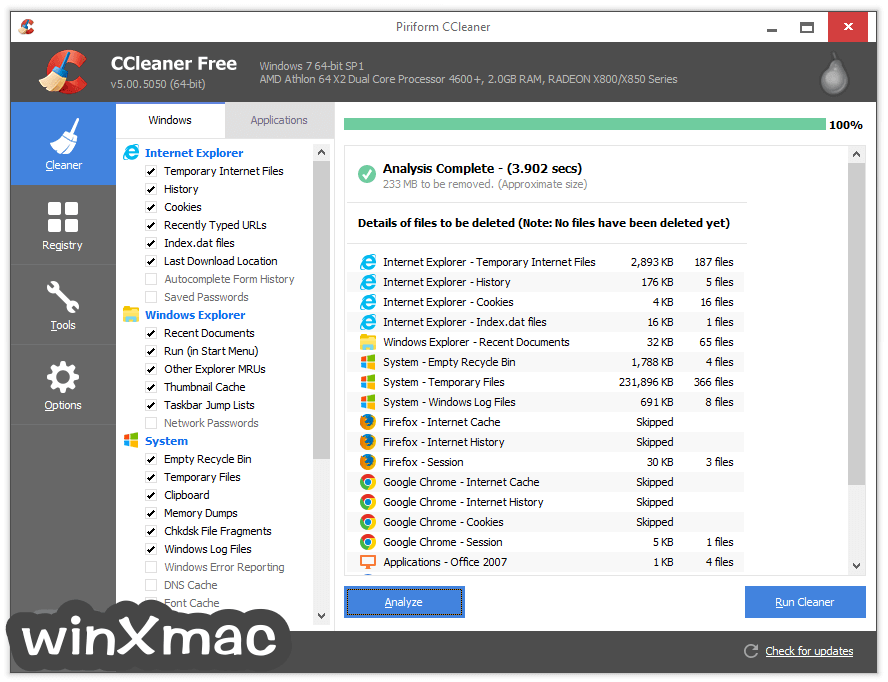

I knew that cnidarians have a complex life cycle, with free-swimming jellyfish alternating with sessile polyps. This brevity notwithstanding, there is plenty of absolutely fascinating material here even when invertebrate taxonomy is not your speciality. But several exceptional sites, so-called Lagerstätte, preserve invertebrate fossils in exquisite detail ” “You might think that it is only invertebrates with shells or exoskeletons that would litter the fossil record.
#Brusca and brusca invertebrates pdf file series
And if you want to go into the real technical details on any one group, the ongoing The Handbook of Zoology series published by De Gruyter is your next port of call. But it will give you the basics with plenty of references to papers and books if you want to read more on, say organ systems or neuroanatomy. Given the scope of this work these sections are necessarily brief – this book is explicitly not intended as a complete textbook on invertebrate biology. Next to the well-known Burgess Shale in British Columbia, there is the Chengjiang biota found in the Chinese province of Yunnan.įor the better-studied groups, the authors provide additional information on morphology, physiology, neuroanatomy, reproduction, development, and life cycles. But several exceptional sites, so-called Lagerstätte, preserve invertebrate fossils in exquisite detail, revealing more than just the hard parts.

You might think that it is only invertebrates with shells or exoskeletons that would litter the fossil record. Either books discuss the biology of living invertebrates, or they focus on the fossil record. As they point out, that last one is often an either/or proposition. In 52 chapters, the authors navigate down the different branches of the invertebrate tree of life, for most groups summarising at least their systematics, genomics, and the fossil record where information is available. The nearly 3,000 references here, packed in a 100-page bibliography, bring the reader bang up-to-date to mid-2019. Those works date back to 20, respectively. Nielsen’s Animal Evolution and Brusca’s Invertebrates – two works that have much inspired these authors. Edgecombe, published by Princeton University Press in February 2020 (hardback, 680 pages)Īs the authors point out in their preface, it is exactly the pace of progress that makes this book relevant and gives it a reason to exist next to third editions of e.g. The Invertebrate Tree of Life, written by Gonzalo Giribet and Gregory D. They have synthesized a truly monstrous amount of research to give an overview of our current thinking on invertebrate phylogeny, writing a new benchmark reference work for students of invertebrates.

That is exactly what Gonzalo Giribet and Gregory Edgecombe, both experts in invertebrate biology and palaeontology, have done here in The Invertebrate Tree of Life – a work of dizzying scope since 96% of all known species are invertebrates. And when you can bring multiple lines of evidence – morphological, developmental, genetic, and palaeontological – to bear on the question of evolutionary relationships, the resulting family trees become better supported and more credible. In no small part this is due to new methods: the rapid technological progress in DNA sequencing has now made it both feasible and affordable to sequence whole genomes (all of a cell’s DNA) instead of selected genes for many taxa. Even so, we are getting an ever-clearer picture. To outsiders, phylogenetics, the study of the evolutionary relationships between organisms, must seem like quicksand: the landscape is ever-changing and what you thought was solid ground can turn into contested and unstable territory overnight.


 0 kommentar(er)
0 kommentar(er)
